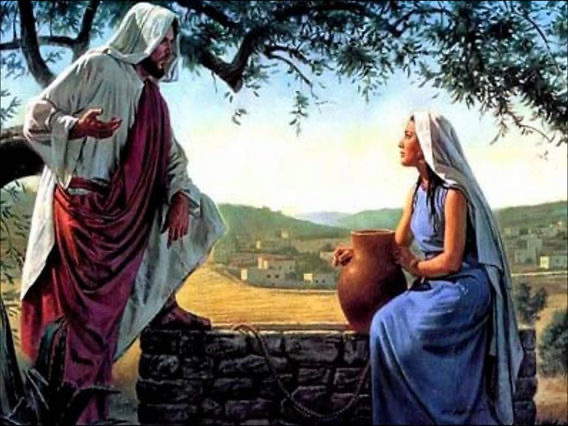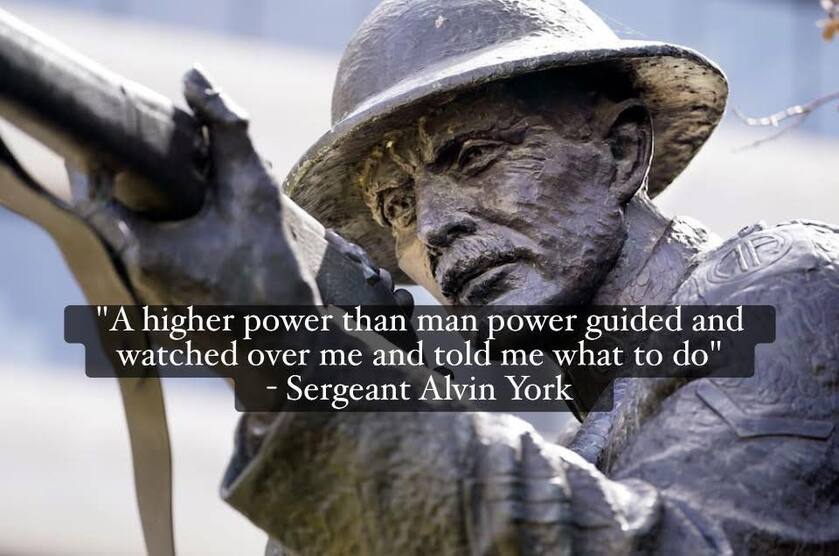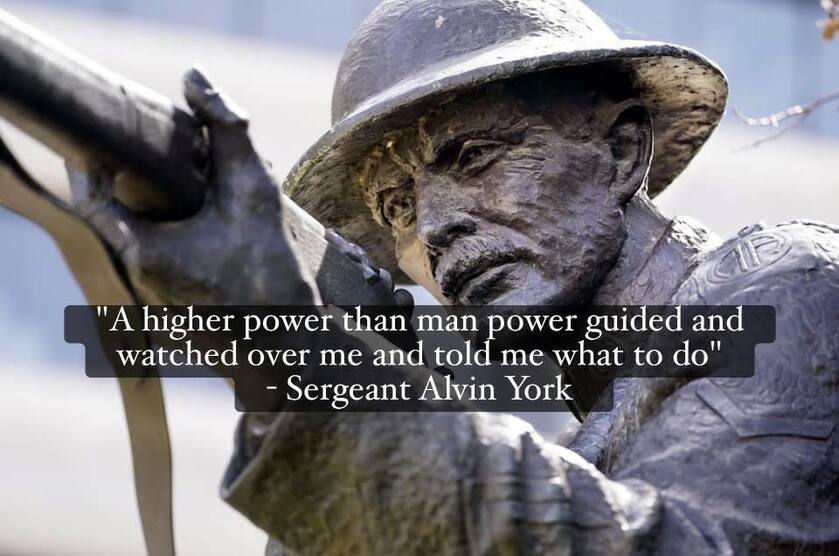Through Death to Life: Jesus’ Tears and Faith’s Cornerstone
John 11:21-23
Martha said to Jesus, "Lord, if you had been here, my brother would not have died. But even now I know that whatever you ask from God, God will give you." Jesus said to her, "Your brother will rise again."
Martha is grieving the death of her brother Lazarus, she leaves the mourners as Jesus is coming, and she approaches Jesus with a mix of lament and faith. She believes Jesus could have prevented Lazarus’ death but still trusts in His connection to God. Martha’s statement reflects raw honesty; she’s mourning but still clings to faith in Jesus’ power.
But even so, Jesus challenges her faith...
John 11:25-26
Jesus said to her, "I am the resurrection and the life. Whoever believes in me, though he die, yet shall he live, and everyone who lives and believes in me shall never die. Do you believe this?"
Martha’s faith is remarkable, but Jesus challenges her to go deeper. This isn’t just about Lazarus’ temporary resurrection, it’s about Jesus Himself being the source of eternal life. Jesus shifts the focus from what He can do to who He is. He’s not just a miracle-worker; He is the resurrection and the life.
When Jesus asks, “Do you believe this?” how would you respond?
In the previous chapter, Jesus describes Himself as the Good Shepherd whose sheep hear His voice and receive eternal life (John 10:27-28).
This teaching sets the stage for the Lazarus miracle, where Jesus literally calls Lazarus by name ("Lazarus, come out!" – John 11:43), and Lazarus responds by emerging from the tomb. Lazarus, though dead, "hears" Jesus’ voice and responds, illustrating the power of Jesus’ call to bring life. Lazarus’ physical resurrection points to the greater reality of eternal life for all who believe in Him. Martha's trust, though tested, positions her to witness the glory of God (John 11:40) when her brother Lazarus rises again from the grave.
Like Martha, we often face moments of loss or delay, yet Jesus, the Good Shepherd, calls us to hear His voice and trust His power (John 10:27). The story of Lazarus shows how His voice brings life, even in the darkest moments, inviting us to follow Him with hope. This story teaches us about the spiritual metamorphosis that takes place when we have faith in Christ Jesus. We are Jesus’ sheep, called to hear His voice in our pain and trust His promise of eternal life. Whether facing literal or spiritual "tombs," His call brings us hope and transformation.
John 11:27
She said to him, "Yes, Lord; I believe that you are the Christ, the Son of God, who is coming into the world."
And she goes and gets her sister Mary. And Mary runs to where Jesus was because he was still not in their village.
John 11:32-34
Now when Mary came to where Jesus was and saw him, she fell at his feet, saying to him, "Lord, if you had been here, my brother would not have died." When Jesus saw her weeping, and the Jews who had come with her also weeping, he was deeply moved in his spirit and greatly troubled. And he said, "Where have you laid him?" They said to him, "Lord, come and see."
Jesus’ emotional response is being described as "deeply moved in his spirit and greatly troubled" (John 11:33). The Greek terms used (ἐμβριμάομαι, embrimaomai, and ταράσσω, tarassō) suggest strong emotion, possibly a mix of compassion, sorrow, and indignation. Many commentators see Jesus’ tears as an expression of His humanity and empathy for Mary, Martha, and the mourners’ grief. Emphasizing that Jesus’ emotions are genuine, not merely for show. Some scholars suggest Jesus’ tears and being "deeply moved" reflect indignation at death’s grip on humanity, a consequence of sin. Jesus is confronting death as His enemy He will ultimately defeat. Some argue that embrimaomai implies a sense of anger or agitation, possibly at death’s power or the mourners’ lack of faith in the face of His promises. I have to admit that I've always believed this last word is the likeliest truth about Jesus' tears.
I've always believed that Jesus wept due to the mourners’ (and possibly Martha’s and Mary’s) partial unbelief, as they focused on "if you had been here" (John 11:21, 32) rather than His power to act. His tears reflect sorrow over their limited understanding of His identity. His tears answer their "if" with a silent "if only you would believe".
Even so, I think Jesus’ tears are multifaceted. His tears show His humanity, weeping with His sheep (John 10:27). They may also reflect anger at death’s tyranny, which Jesus will defeat (John 11:43-44). Jesus’ tears may grieve their limited faith, but they also pave the way for transformation, as His voice calls Lazarus, and us, to new life. And if you take everything we know now into context, the disciples were indeed transformed into faith beyond death.
What does that say about death, the power of death to transform our hearts and minds. When Jesus calls, "Lazarus, come out!" (John 11:43), He not only restores physical life but also transforms the hearts and minds of those present, particularly the disciples, whose faith deepens beyond death’s shadow. We see later on in the New Testament that their faith has the Spirit of Christ and His power over life and death.
But can we truly appreciate the life that Jesus gives if we don't understand what the power of death means. Death exposes our human limits. Death provoked a response from Jesus. Death catalyzes our faith. And death is a door into transformation.
The Lazarus miracle, occurring late in Jesus’ ministry, prepares them for His own death and resurrection. While their faith falters at the cross (e.g., Peter’s denial, John 18:17), the resurrection of Jesus (John 20) and the Spirit’s empowerment (Acts 2) complete their metamorphosis. Death, which once paralyzed them, becomes the means through which they grasp Jesus’ victory, proclaiming eternal life (John 10:28) with courage. In John 11, death serves as a backdrop for Jesus’ glory, revealing His power to transform.
And so...
John 11:35 – "Jesus wept."
Maybe his silent tears are shed for the reality that is death. Just the seeming futility of it all, but in truth it's the most important aspect of our faith. Jesus is mourning the stark reality of death while recognizing its role as a cornerstone of our Christian faith. It's the paradox of the gospel: through death comes life, through loss comes transformation. And it's an emotional experience that our Lord faced as well. The human Jesus cried out for that cup to be taken away from him. His Gethsemane prayer highlights and illustrates death's role in our faith. Through death comes life. This is the gospel paradox, death is seen as both an enemy and an avenue for life everlasting. As death spread through Adam’s sin, life spreads through Christ’s death and resurrection (Romans 5:17-18). Jesus’ tears and Paul’s theology call us from unbelief to trust. Through faith, we die and rise with Christ (Romans 6:4), transformed from death’s shadow to life eternal. As death spread to all, so life spreads through Jesus, renewing our hearts and minds.
Prayer:
Lord Jesus, our Good Shepherd, thank You for weeping for death’s pain and facing its weight, yet transforming it into life. Forgive our "if only" doubts, and turn our hearts to "I believe." Through Your tears and victory, make death the cornerstone of our faith, and use us to share Your hope, unbinding others for Your glory. Amen.
https://x.com/MICAH_SIXEIGHT/status/1924432400827695541





















